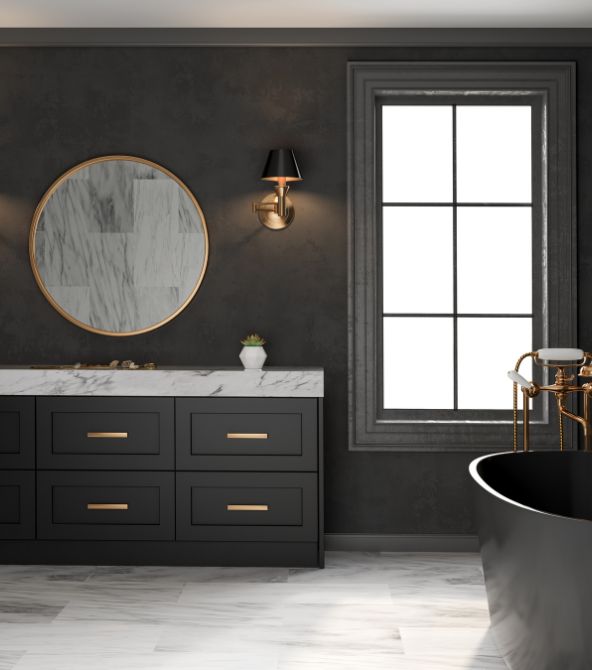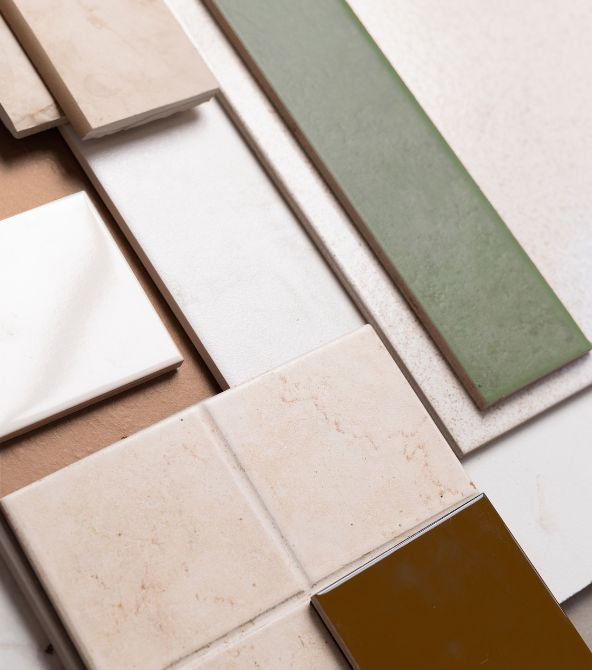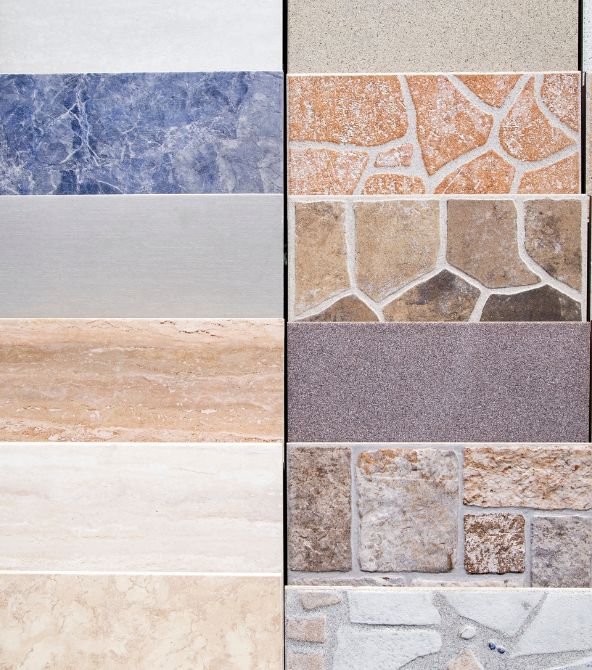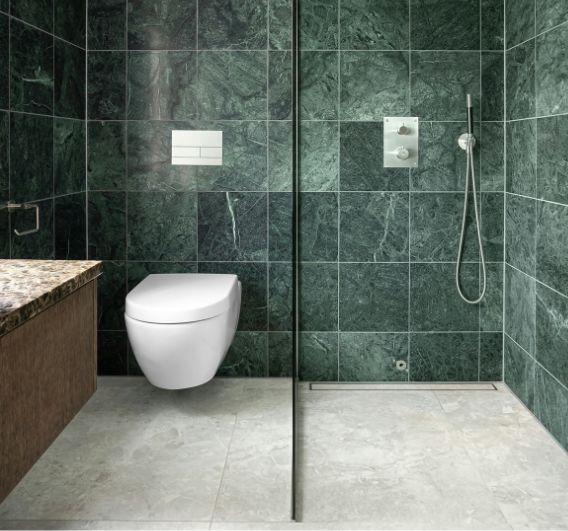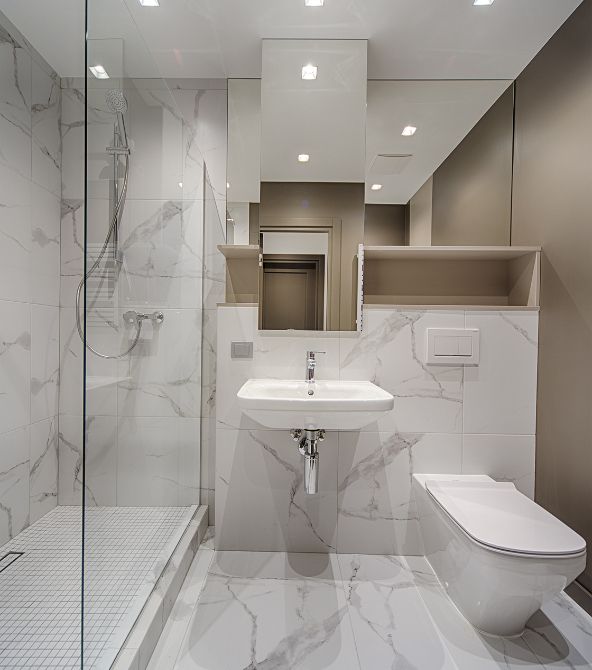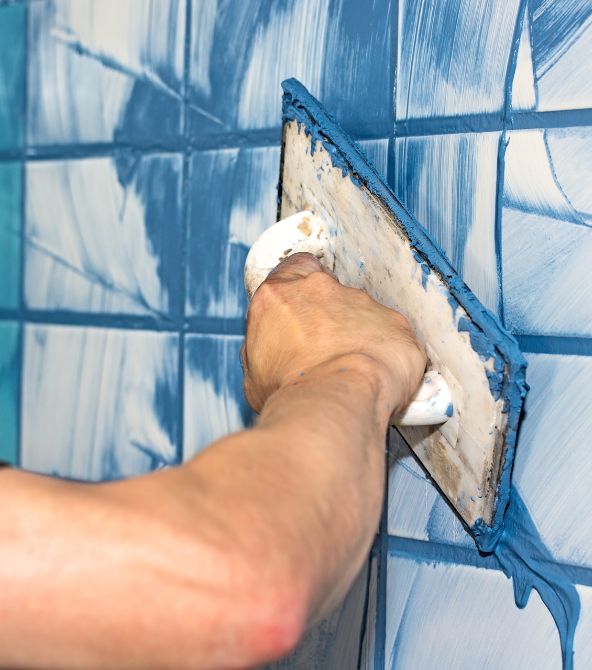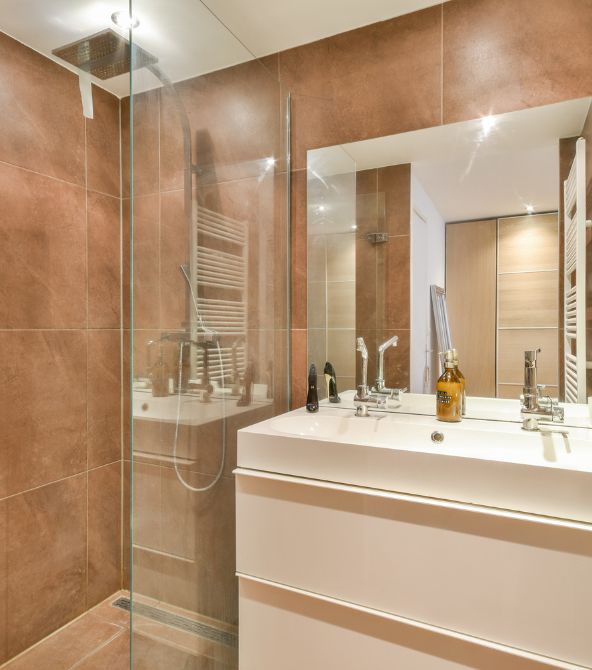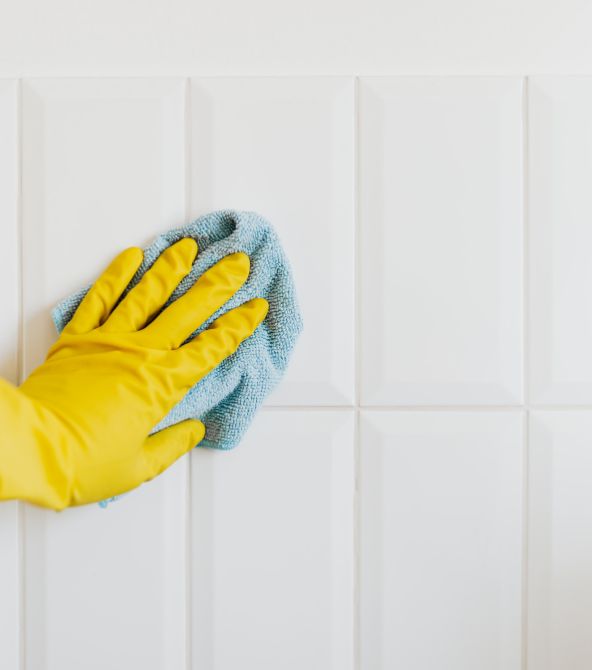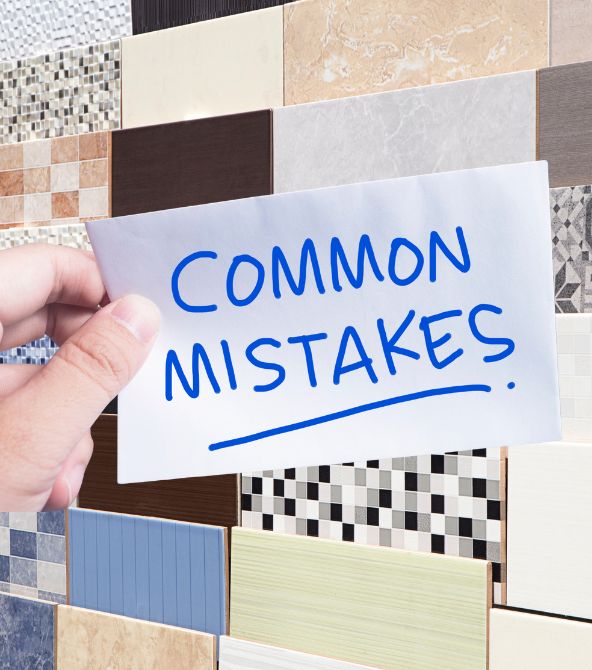Discover Bathroom Tiles That Match Your Style
Now that you know how to choose bathroom tiles, it’s time to see what’s possible. Explore our curated collection of ceramic, porcelain, and natural stone bathroom tiles, all handpicked for style, durability, and function. You will find a wide range of bathroom wall tiles, shower tiles, floor tiles and even statement decorative tiles in our collection.
Our in-house interior designer, Stephanie, offers free colour consultations to help you confidently select the right bathroom tiles. You can also order free tile samples to test the look and feel in your own bathroom before you commit.
Visit our Sydney showroom today or browse online to discover tiles that elevate your bathroom from basic to beautiful.
How to Choose Bathroom Tiles FAQs
What type of tile should I use in my bathroom?
The type of tile you see depends on where the tile is going. Porcelain or ceramic tiles are best for walls and floors, and mosaic tiles for shower floors where extra grip is needed. It is important to consider the slip rating and water resistance of the tiles when placing them in wet areas.
How to choose bathroom tile colour?
Choosing the colour of your bathroom tiles can be tricky. But as a general rule, start with your bathroom’s size and lighting. Light colours make small or dark bathrooms feel bigger, while darker tones can add warmth and drama in larger spaces. Stick to a consistent palette across floor, wall and feature tiles.
Should bathroom floor and wall tiles be the same?
They can be. Matching tiles creates a seamless, modern look. Just make sure the tile is slip-rated for floors, as wall tiles are often too smooth and not safe underfoot.
How do I choose a grout colour?
Match grout to your tile for a clean and subtle look, or choose a contrasting colour to highlight the tile layout. Consider maintenance too, as darker grout hides stains better, especially on floors.
What’s the most low-maintenance tile option?
Smooth porcelain tiles are your best bet. They’re hard-wearing, easy to clean, and don’t need sealing. You should avoid textured or porous tiles if you want something low-fuss.
Are shiny or matte tiles better for the bathroom?
Yes, both of these types of tiles can work for the bathroom. Glossy tiles reflect light and work well on walls, especially in small bathrooms. Matte or textured tiles are safer and more practical for floors because they’re less slippery when wet.
What tile looks best in a shower?
Mosaic or small-format tiles are ideal for shower floors because they provide grip and follow the slope of the base. For walls, porcelain and ceramic tiles in a standout texture, colour, or pattern create a great feature.
How many different tiles should I use in a bathroom?
Stick to no more than three: one for the floor, one for the walls, and one tile for a feature wall if you want to add personality. More than that can overwhelm the space and break visual flow.


